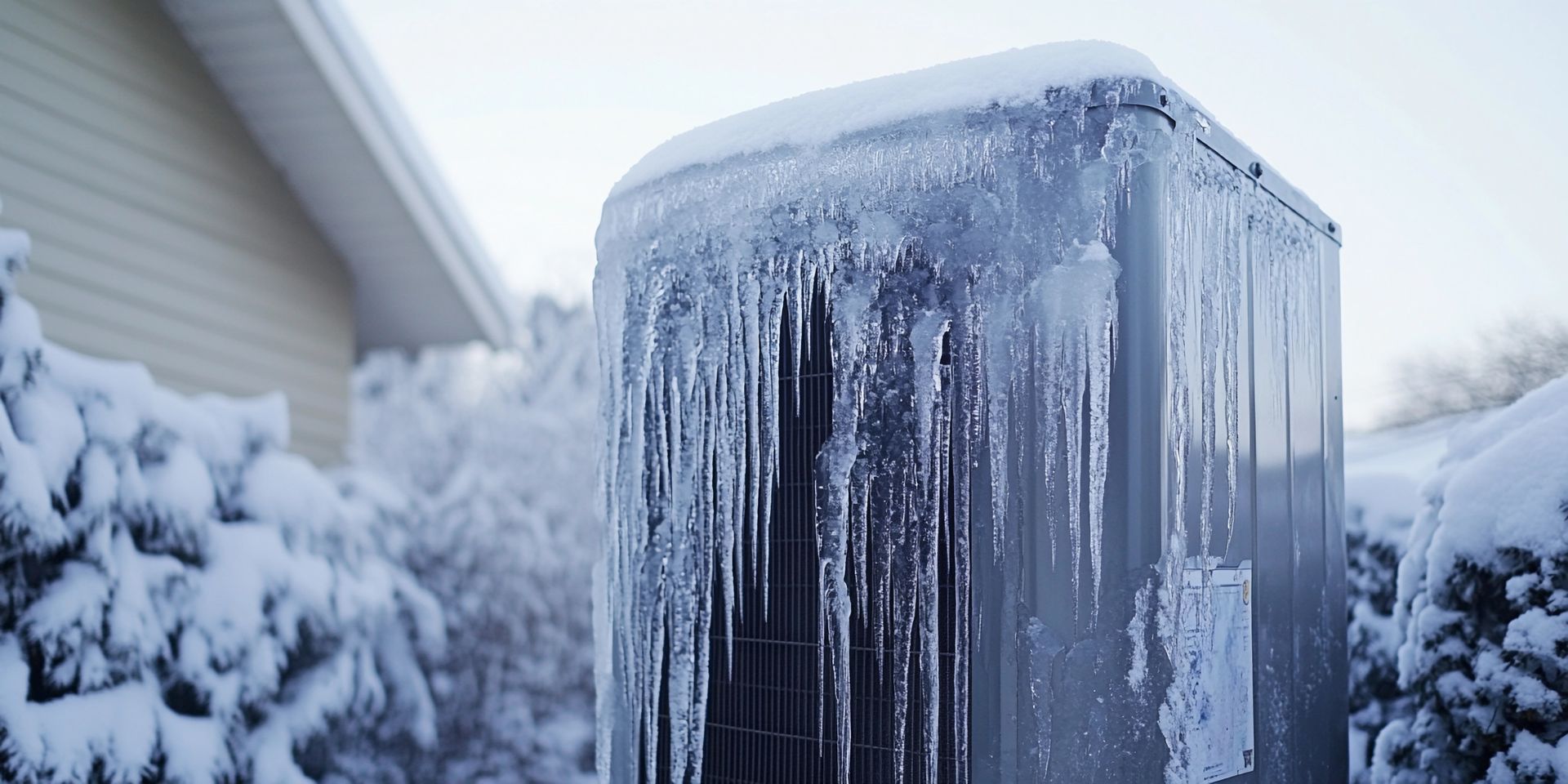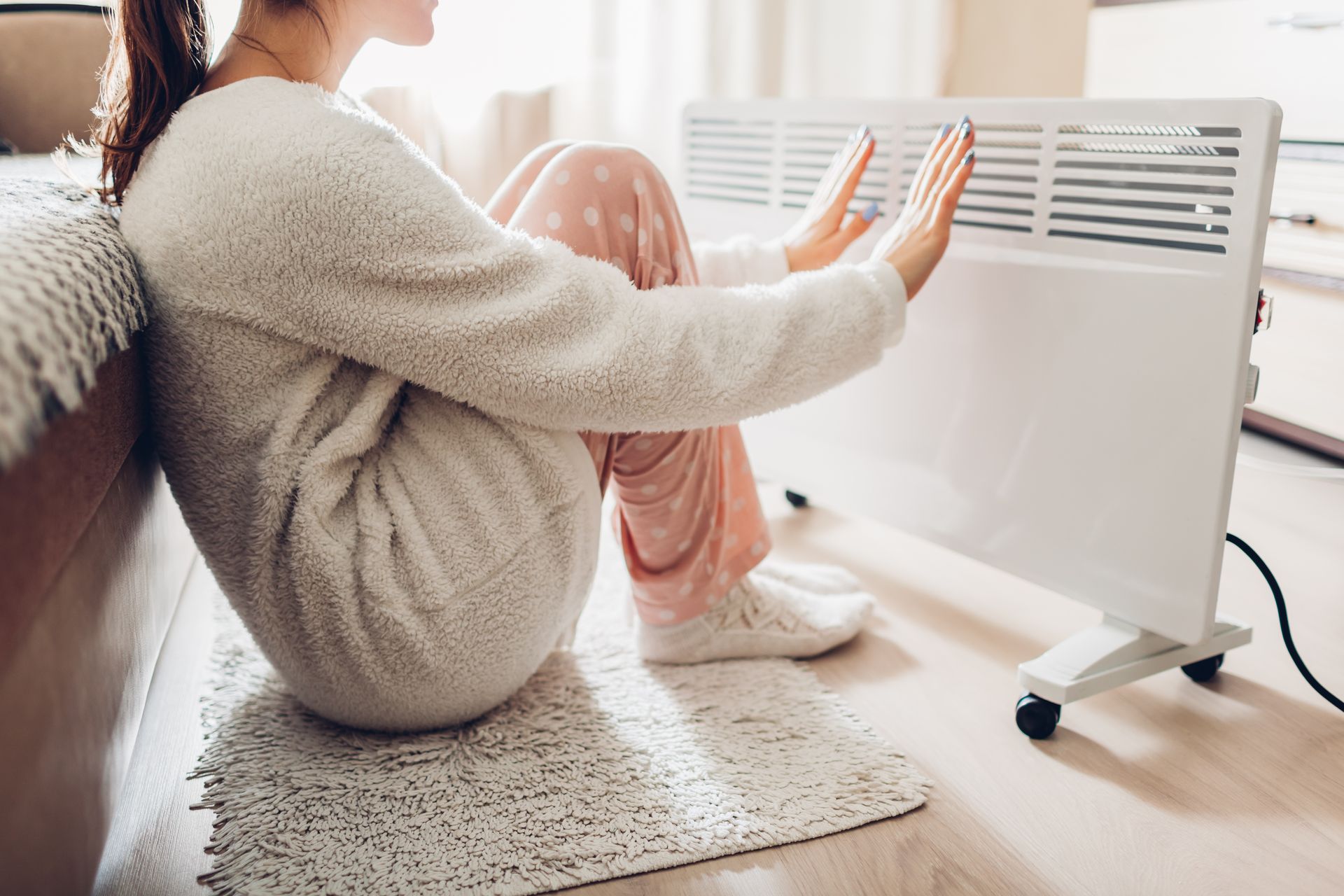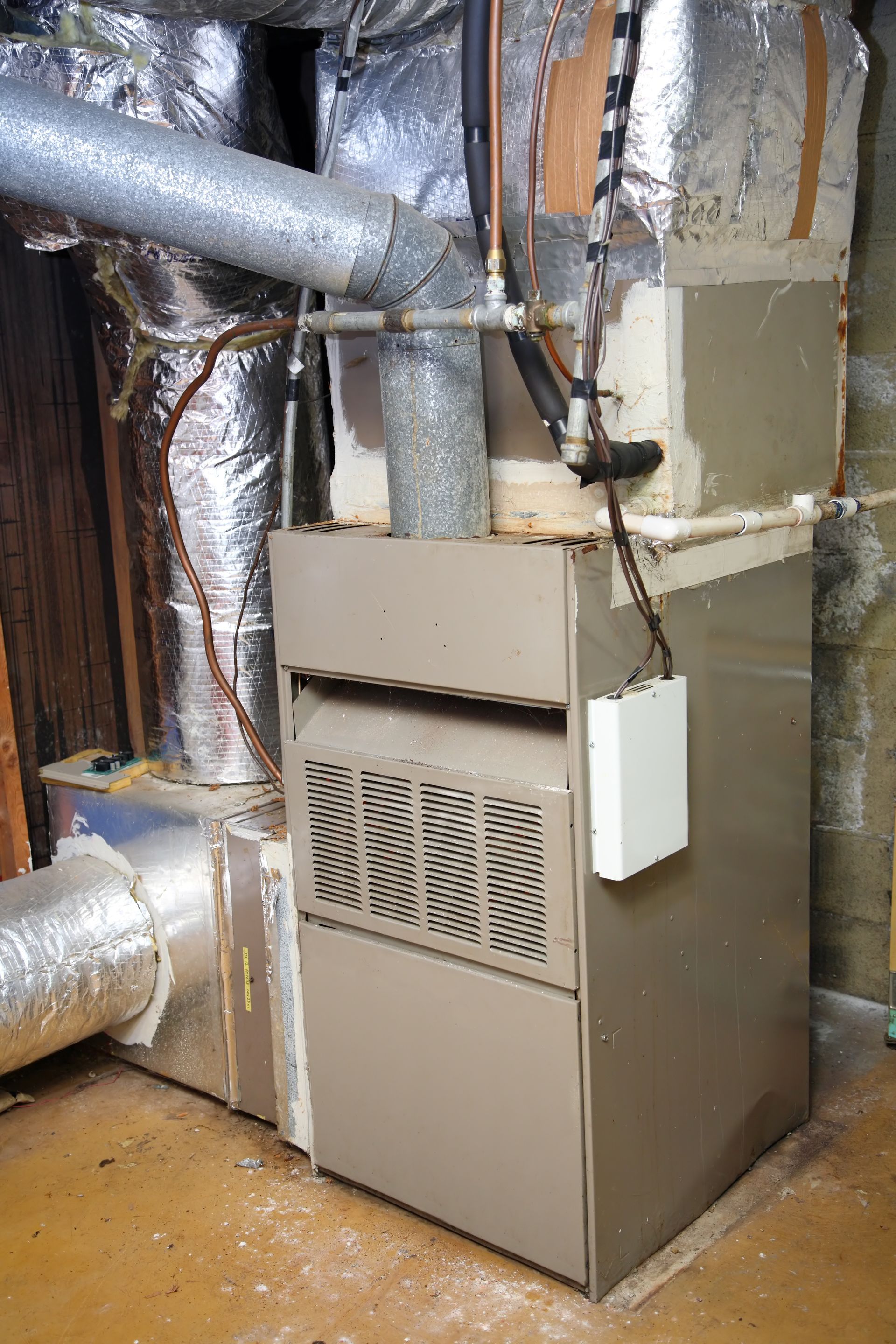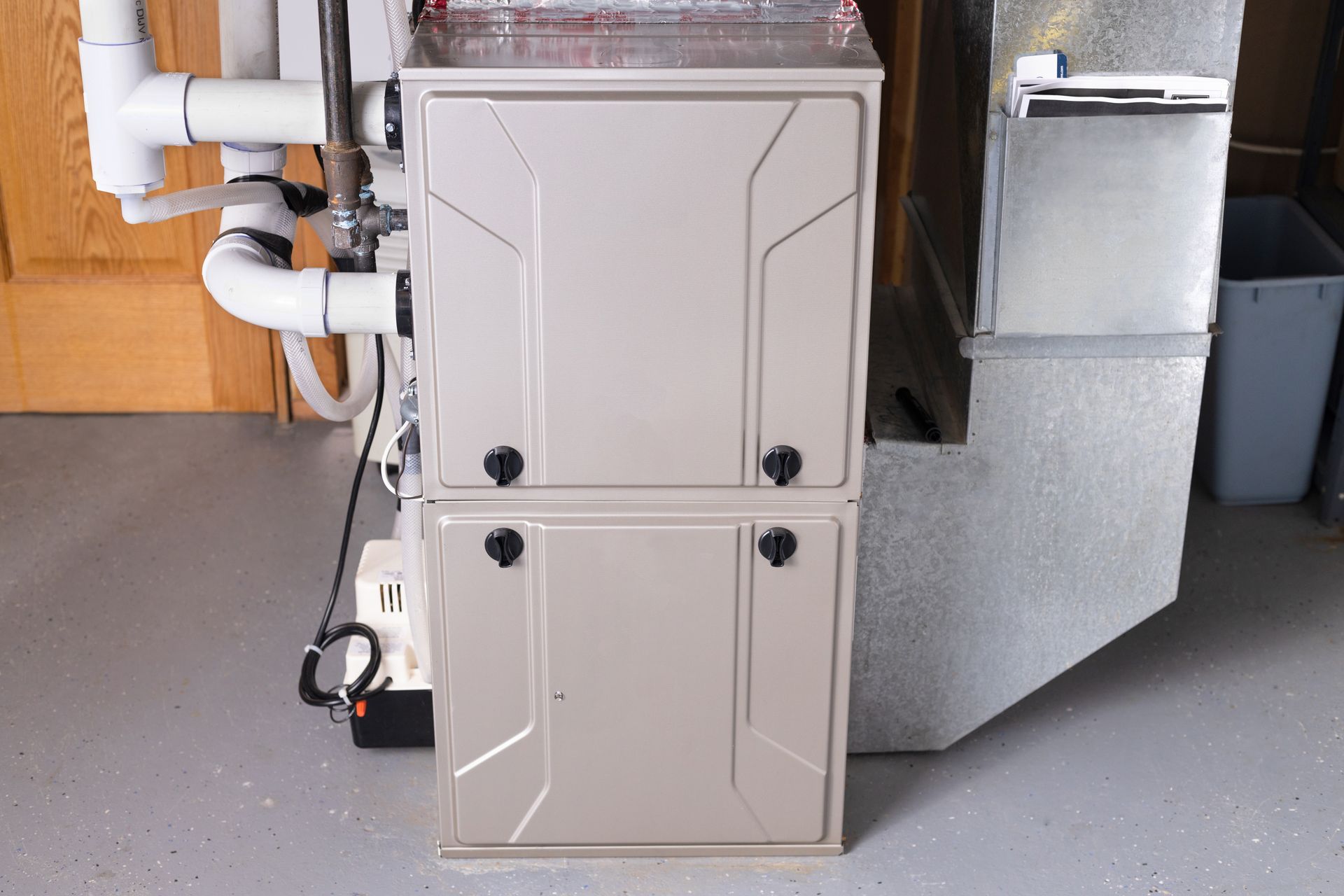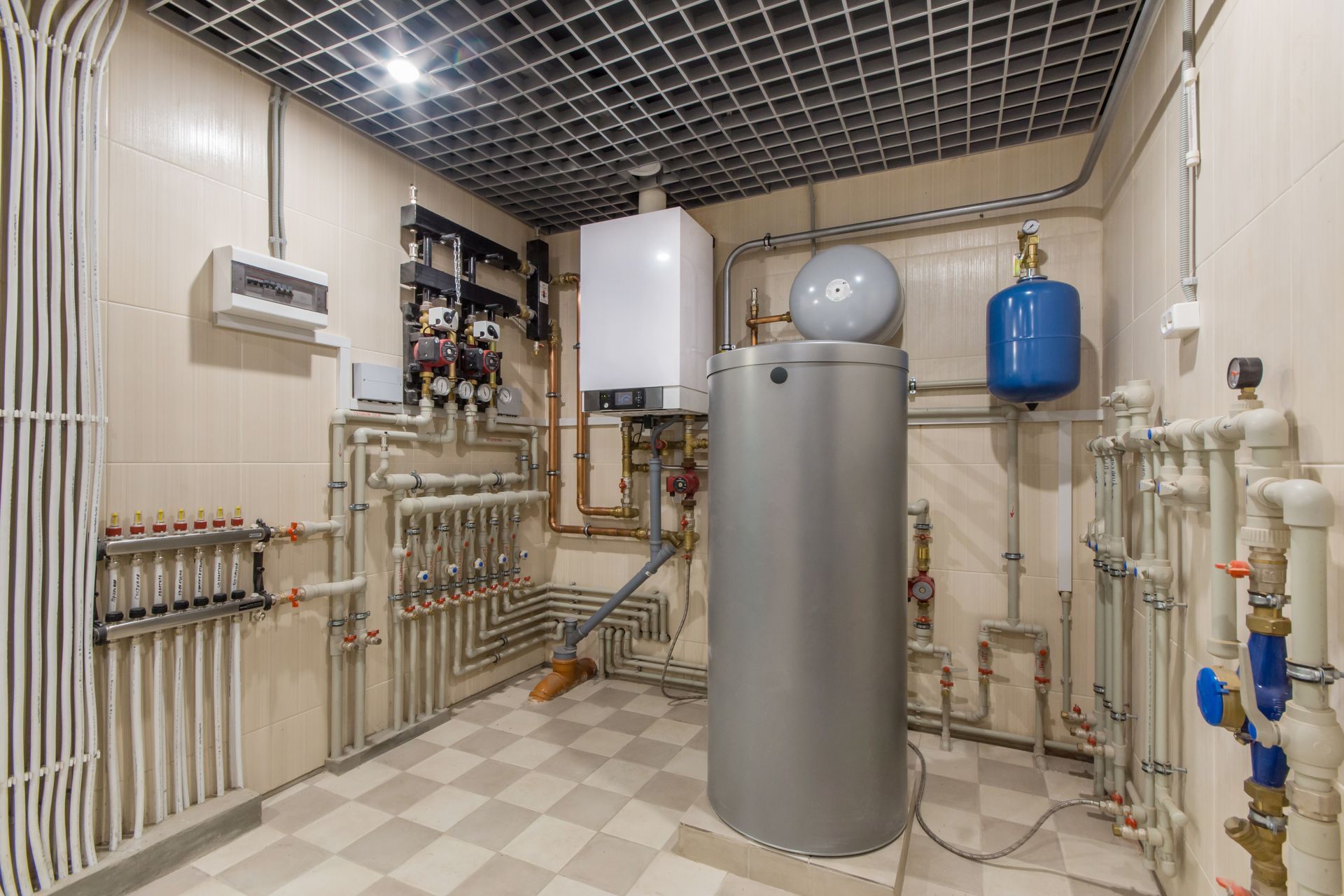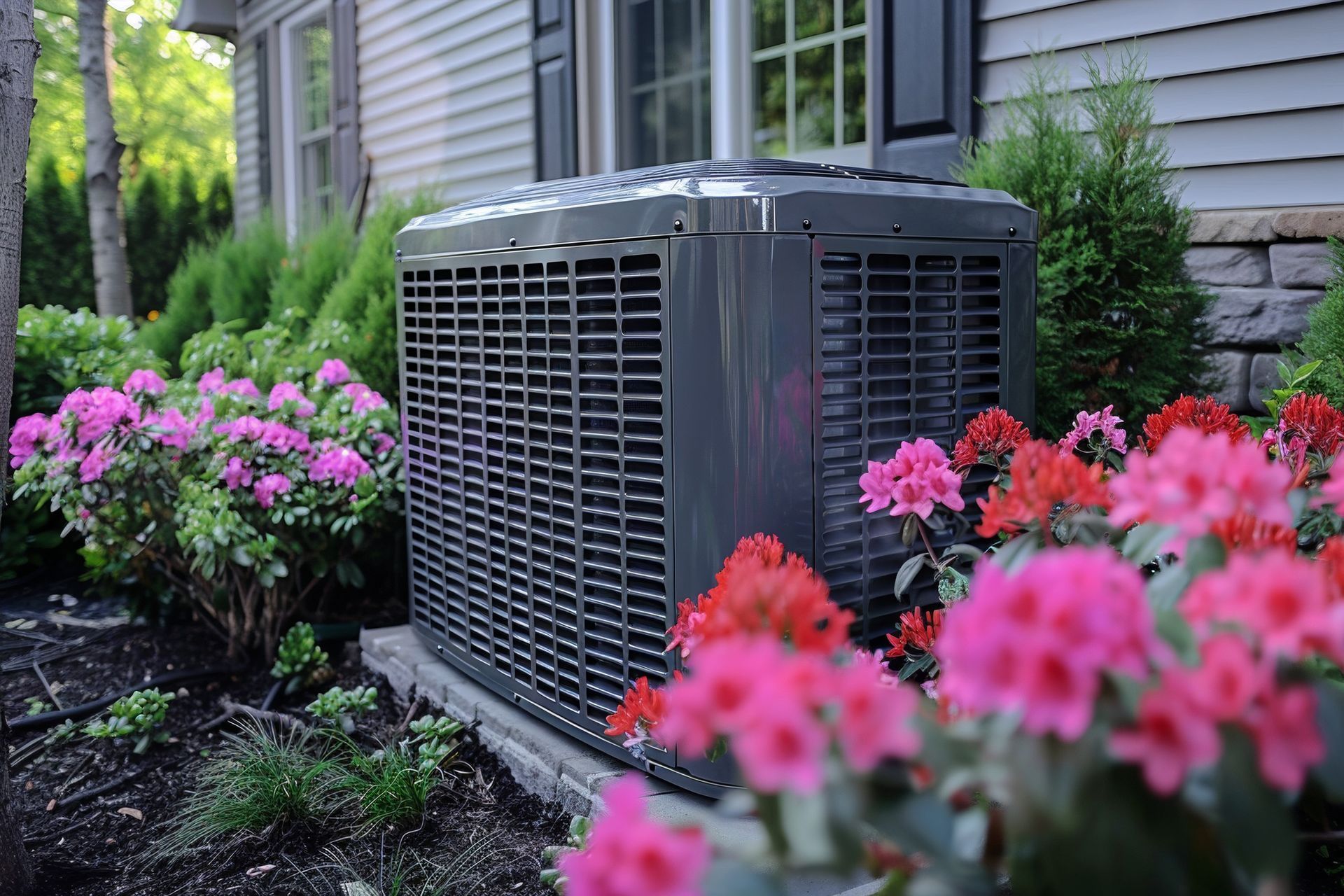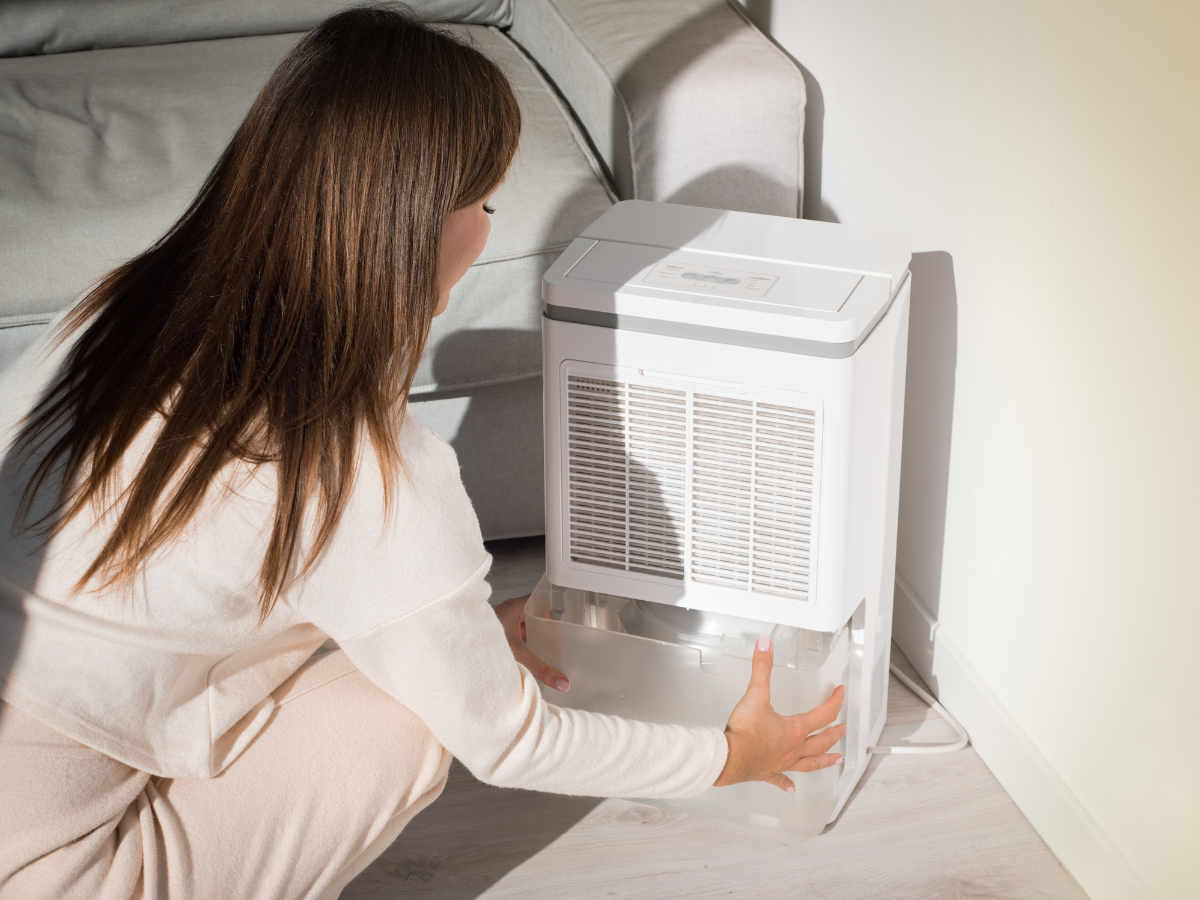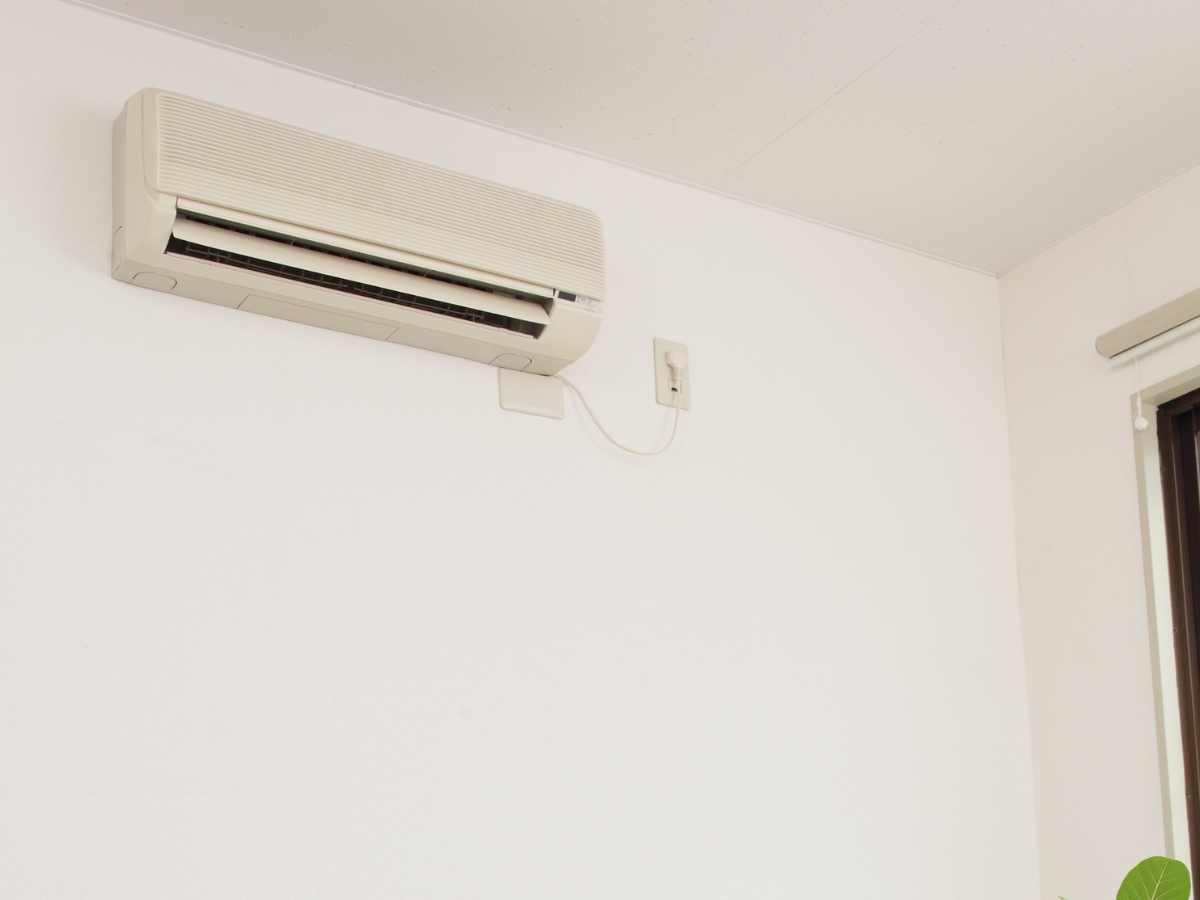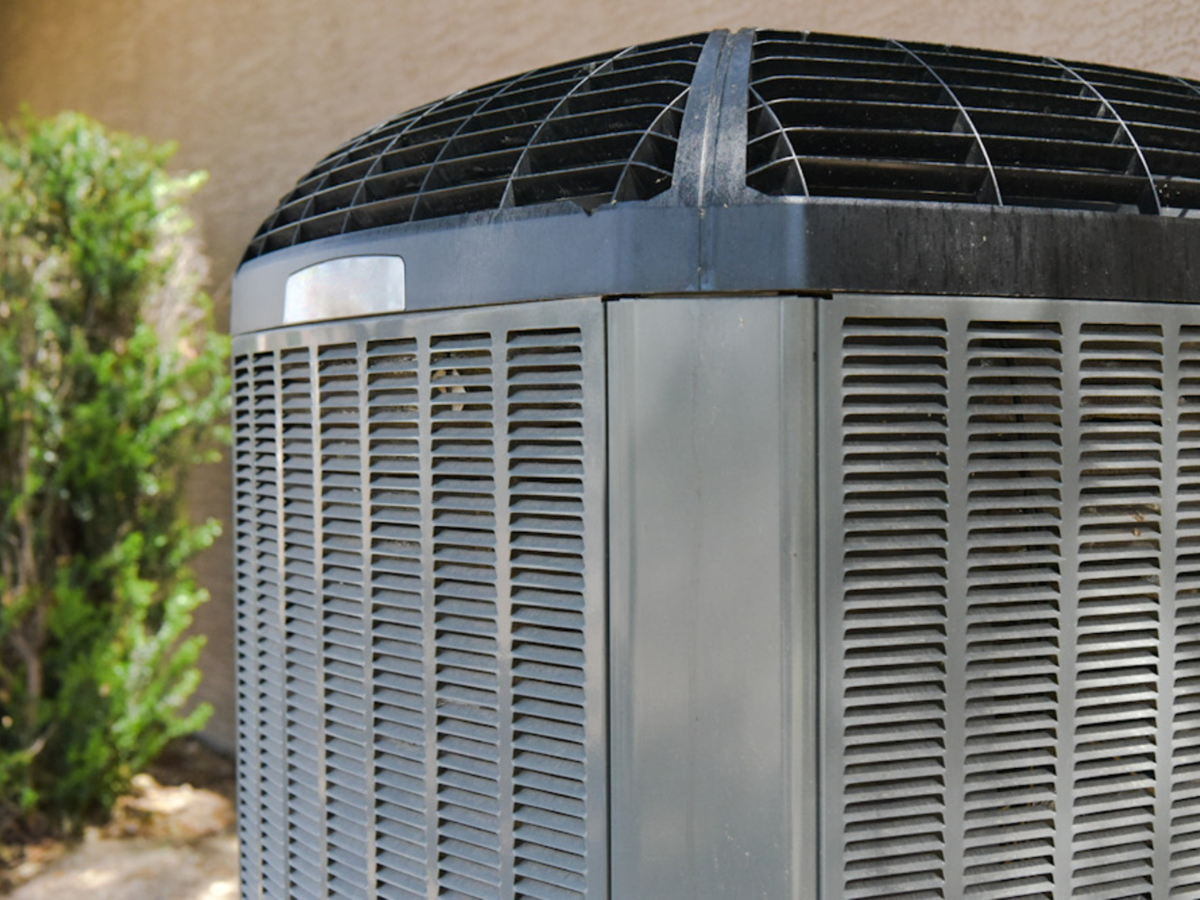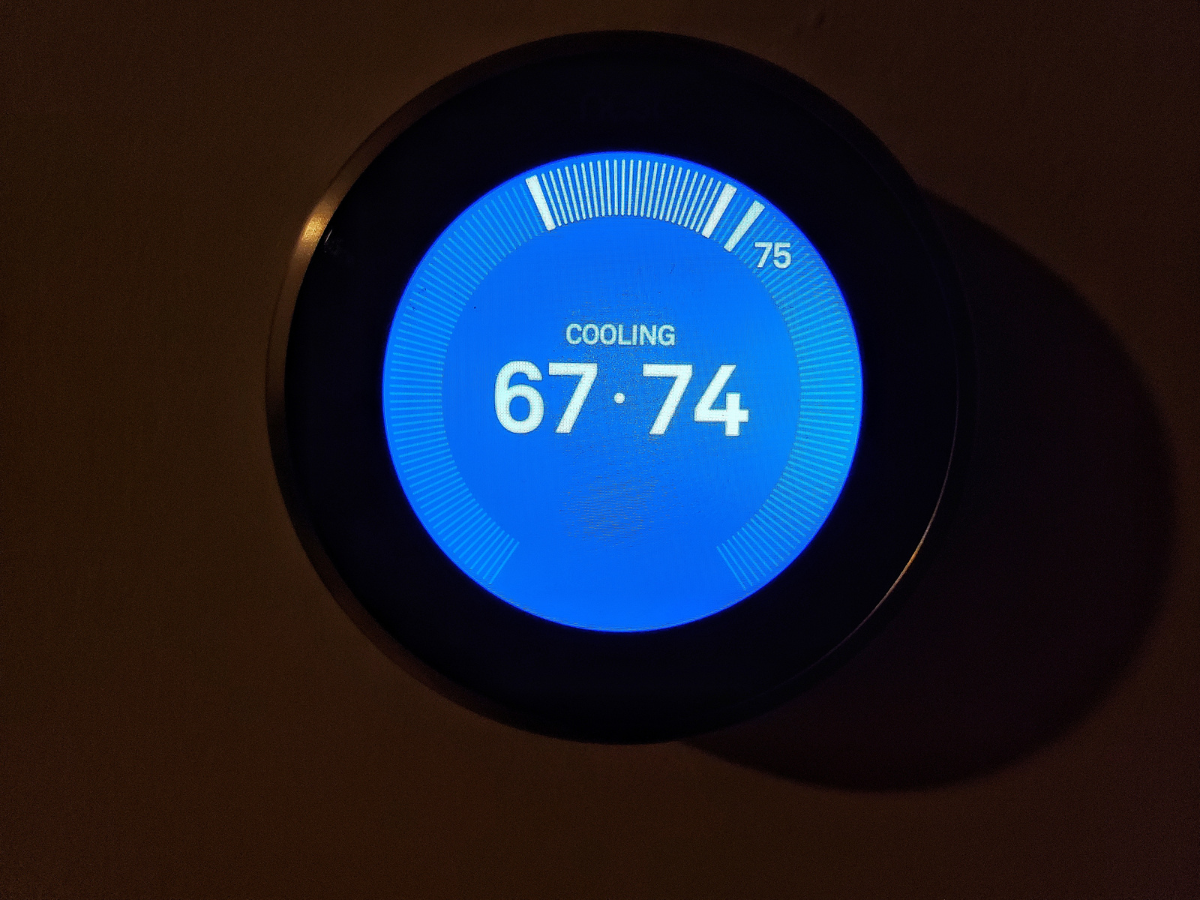How Do I Prevent Carbon Monoxide Leaks in Cold Season?
Understanding the Risks of Carbon Monoxide in Winter
As temperatures drop, homeowners rely heavily on their heating systems, furnaces, and gas appliances—making the risk of carbon monoxide (CO) leaks higher during the cold season. Carbon monoxide is an odorless, colorless gas that can be deadly when inhaled in high concentrations. Because it’s virtually undetectable without proper equipment, prevention and regular maintenance are crucial for keeping your home safe.
What Causes Carbon Monoxide Leaks?
CO leaks are most commonly caused by:
- Malfunctioning furnaces or boilers
- Clogged vents or flues
- Blocked chimneys or exhaust pipes
- Improperly installed gas appliances
- Cracked heat exchangers
When these issues occur, combustion gases can build up inside your home instead of safely venting outdoors.
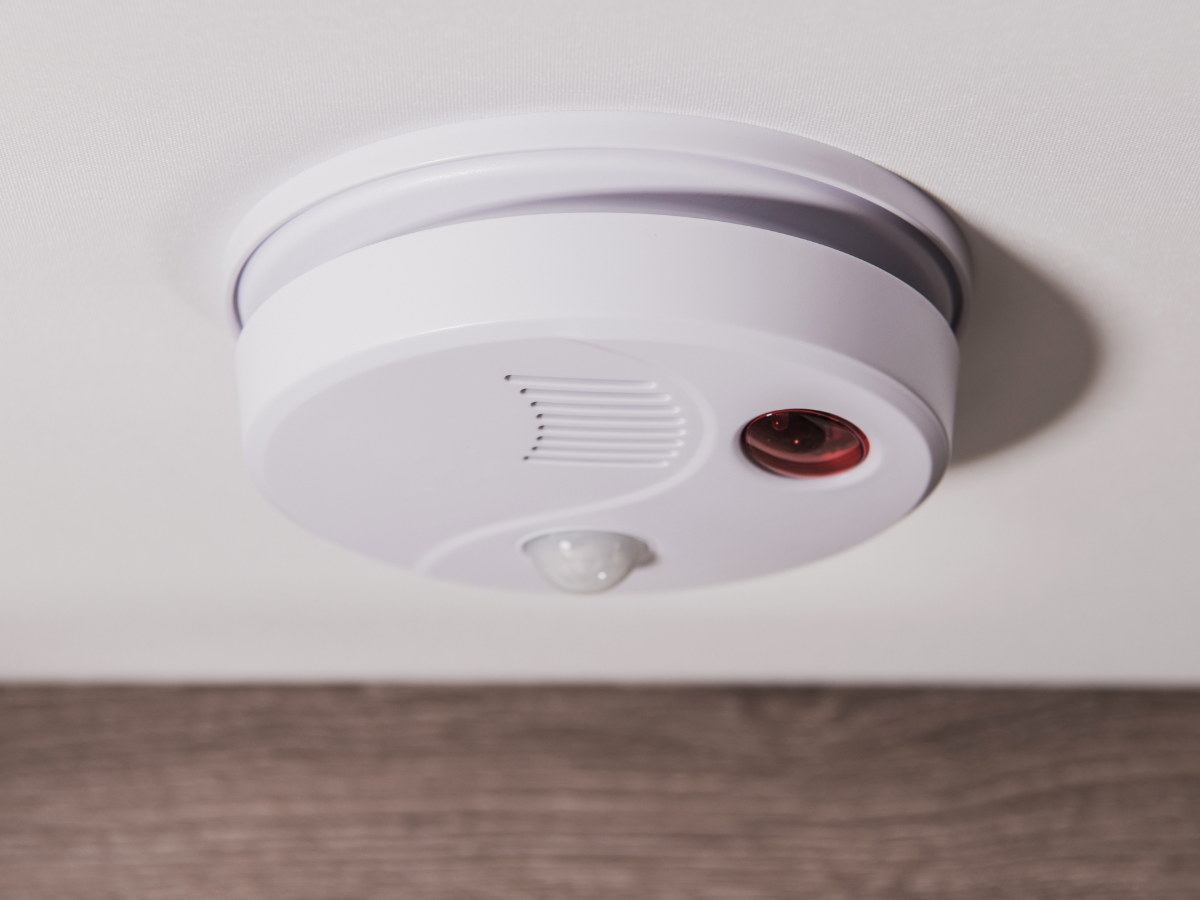
Steps to Prevent Carbon Monoxide Leaks
Preventing carbon monoxide poisoning begins with proper HVAC care and awareness. Here’s how to protect your home this winter:
1. Schedule a Professional Furnace Inspection
Have a certified technician from Nauman Inc. inspect your furnace or heating system before winter begins. They’ll check for cracks, ventilation issues, and other problems that could cause CO buildup.
2. Install Carbon Monoxide Detectors
Place CO detectors on every level of your home, especially near bedrooms and heating equipment. Test them monthly and replace batteries twice a year.
3. Keep Vents and Chimneys Clear
Snow, ice, or debris can block outdoor vents and chimneys, forcing carbon monoxide back inside. Regularly check that all vents are open and unobstructed.
4. Never Use Gas Appliances for Heating
Avoid using gas ovens, stovetops, or grills to heat your home. These produce carbon monoxide and should only be used as intended.
5. Maintain Proper Airflow
Ensure your home’s ventilation system is clean and balanced. Poor ventilation traps harmful gases indoors and increases CO risk.
What to Do if You Suspect a Leak
If your CO alarm goes off or you feel symptoms like dizziness, nausea, or confusion, leave the house immediately and call emergency services. Then contact Nauman Inc. to inspect and repair your HVAC system before returning indoors.
Conclusion
Preventing carbon monoxide leaks in the cold season comes down to regular heating system maintenance, proper ventilation, and reliable CO detectors. Nauman Inc. provides expert HVAC inspections and repairs to ensure your home stays warm, safe, and free from harmful gases all winter long.

